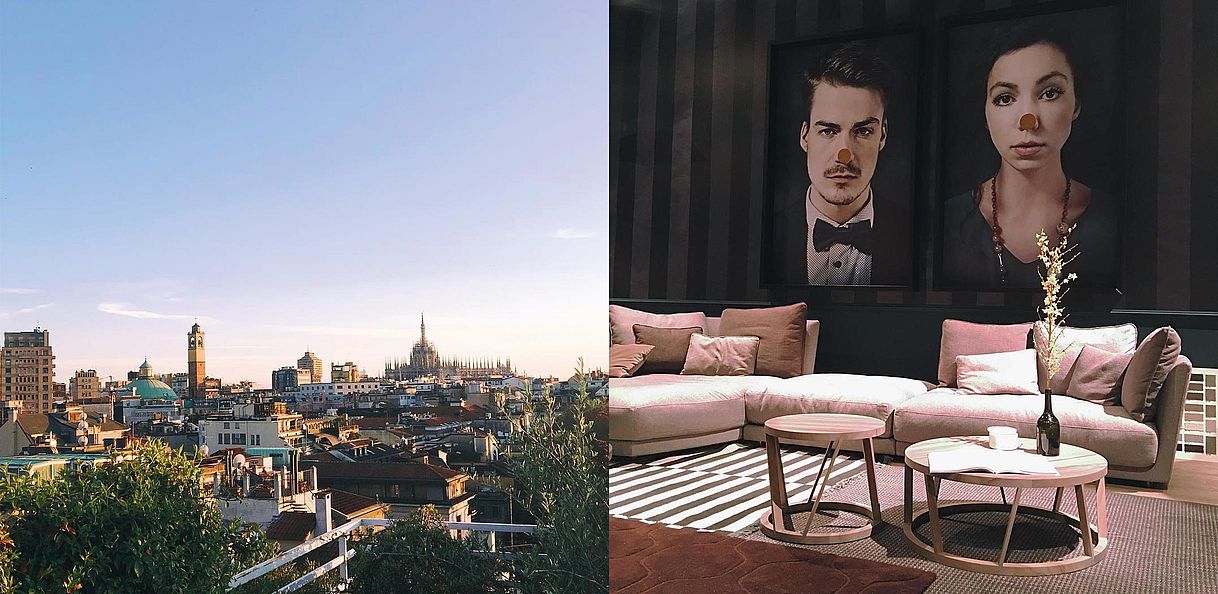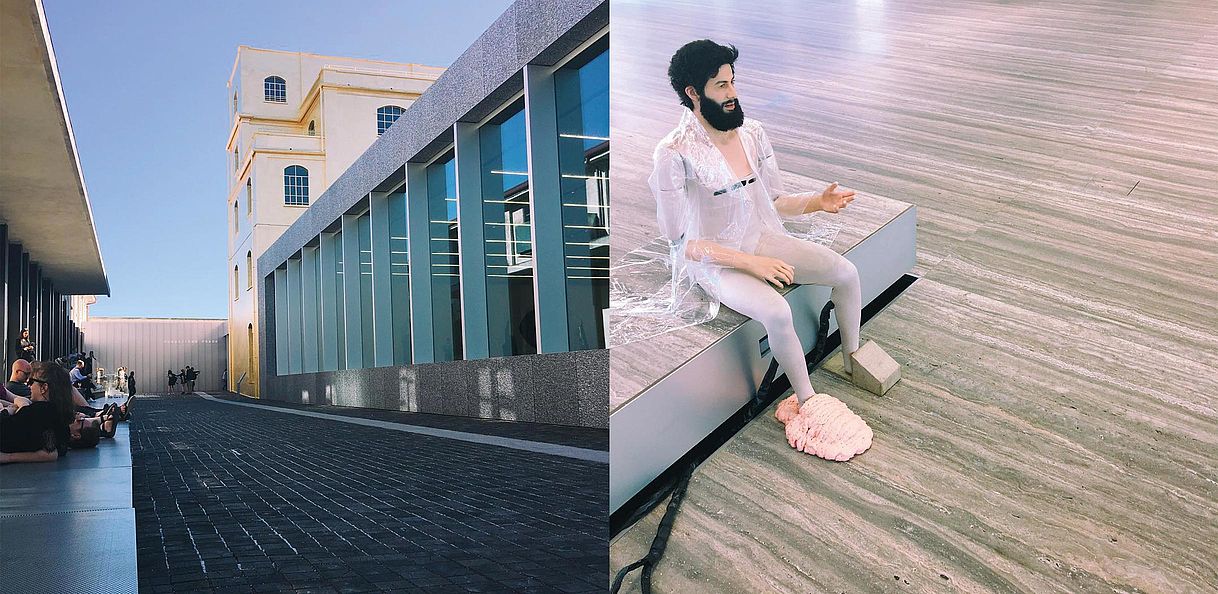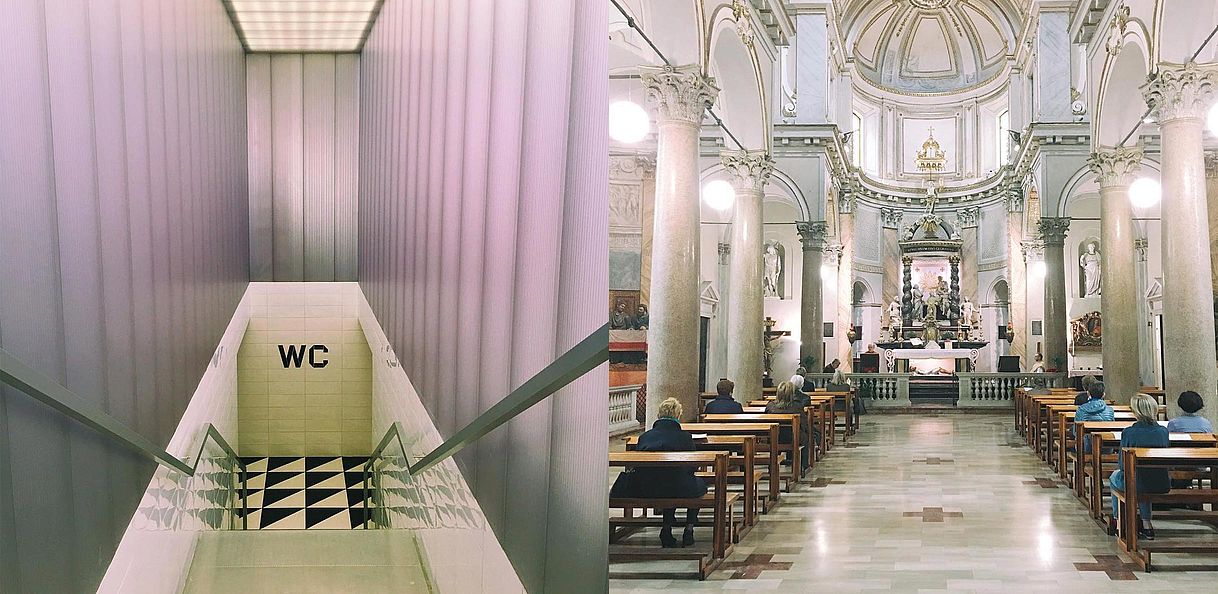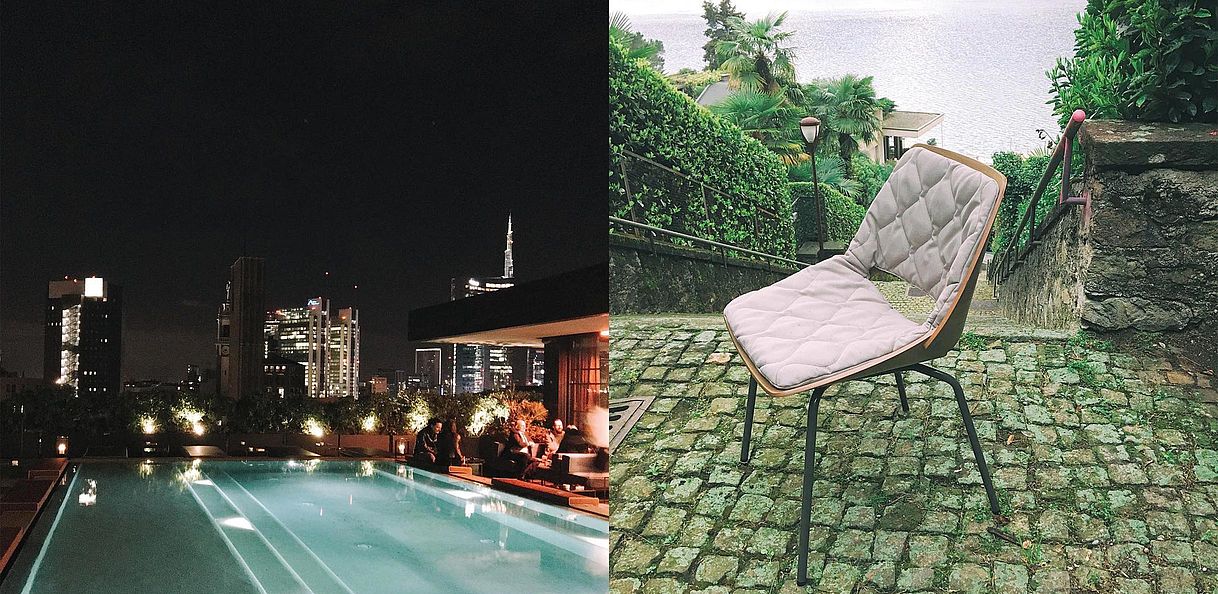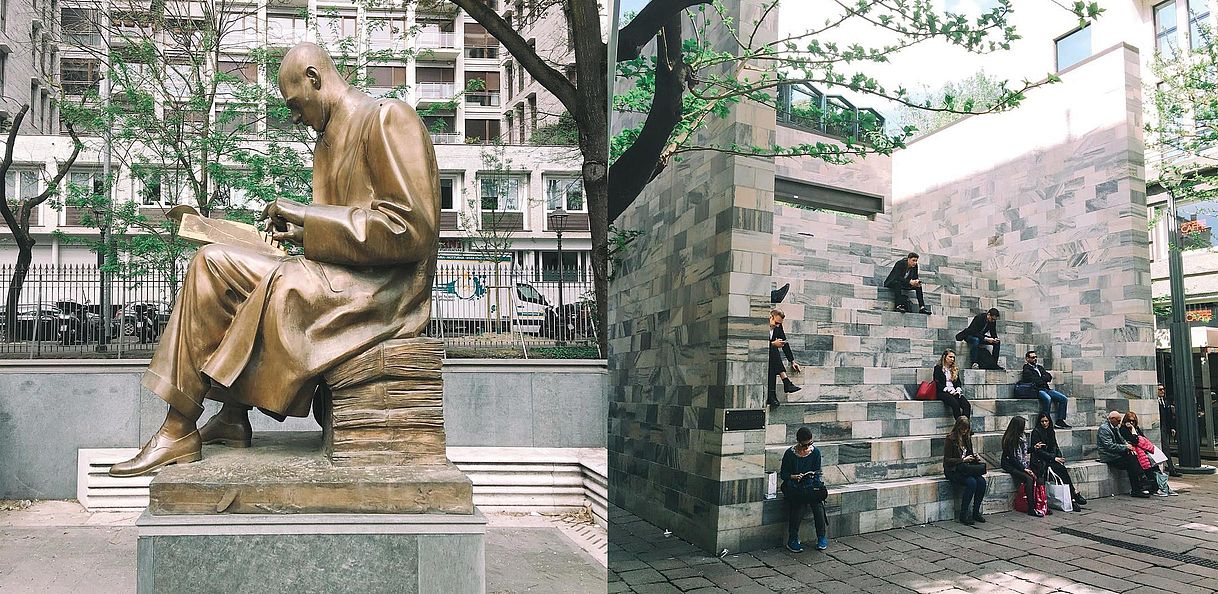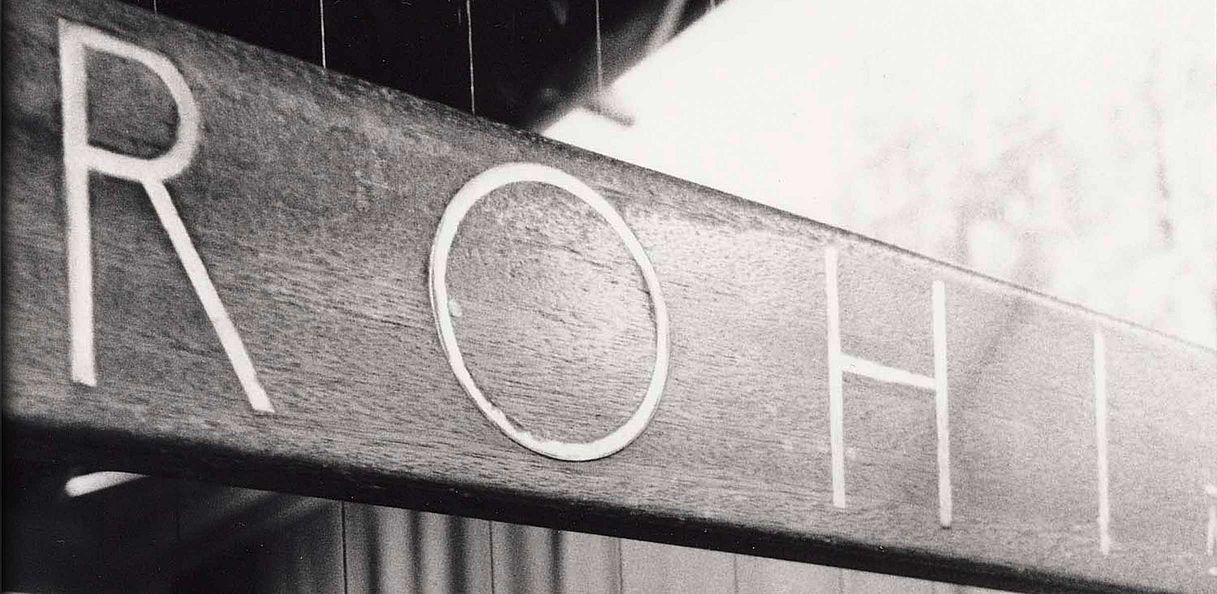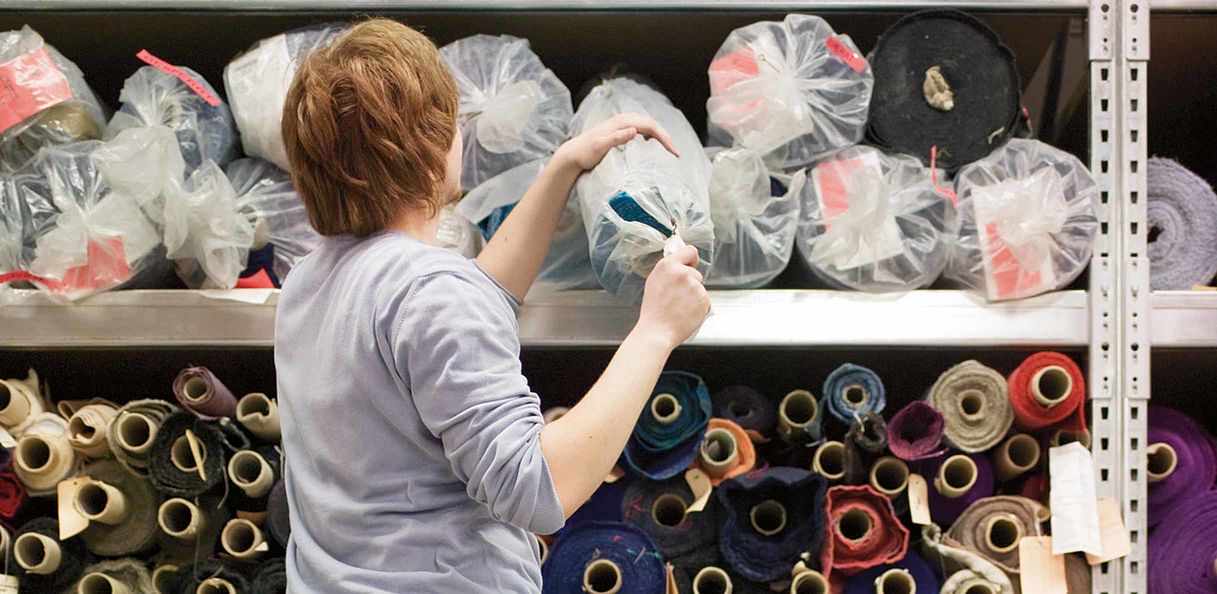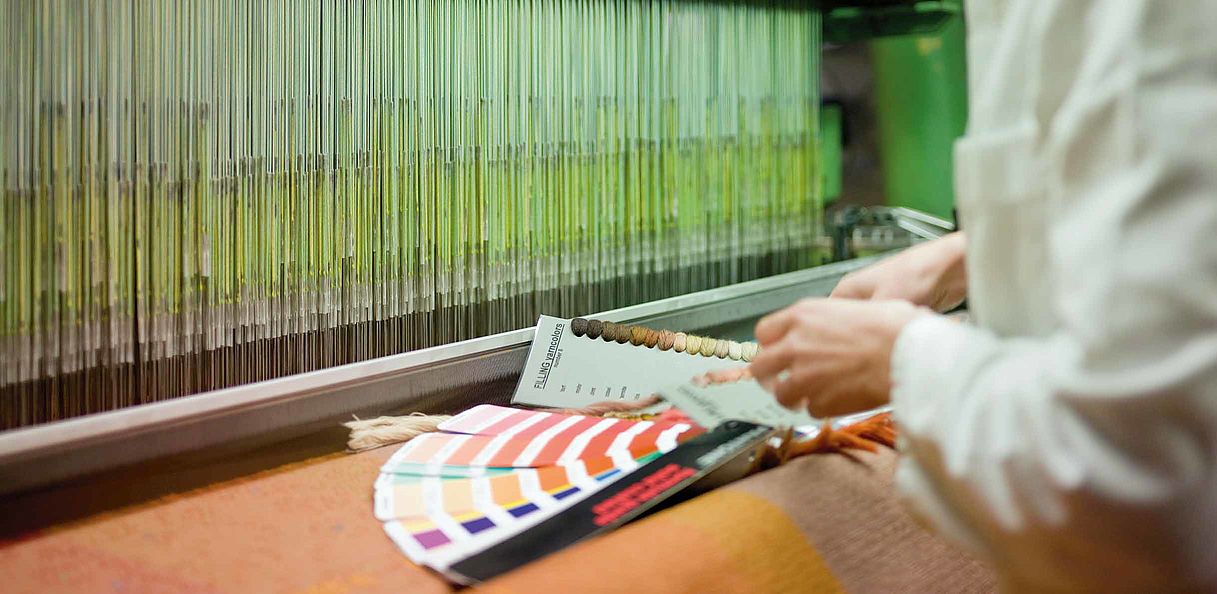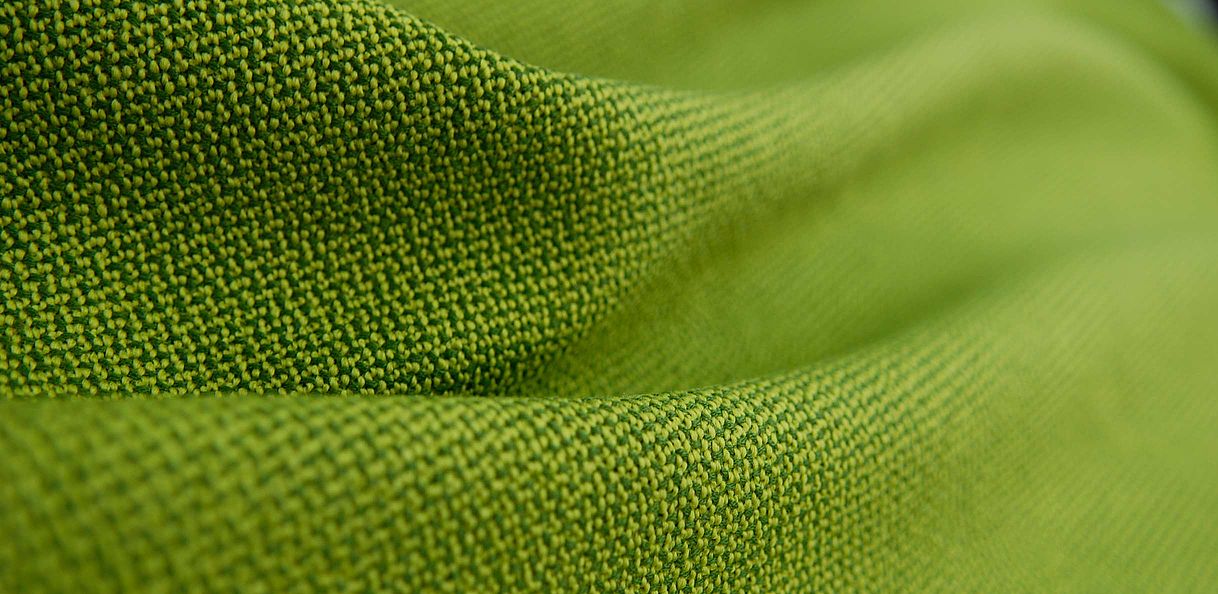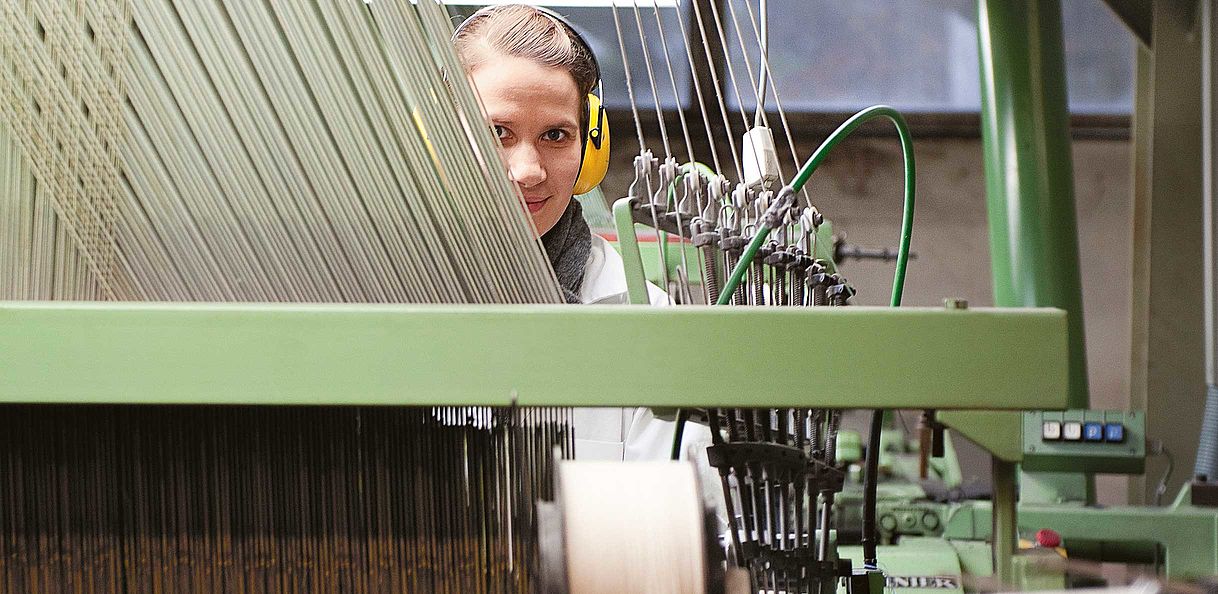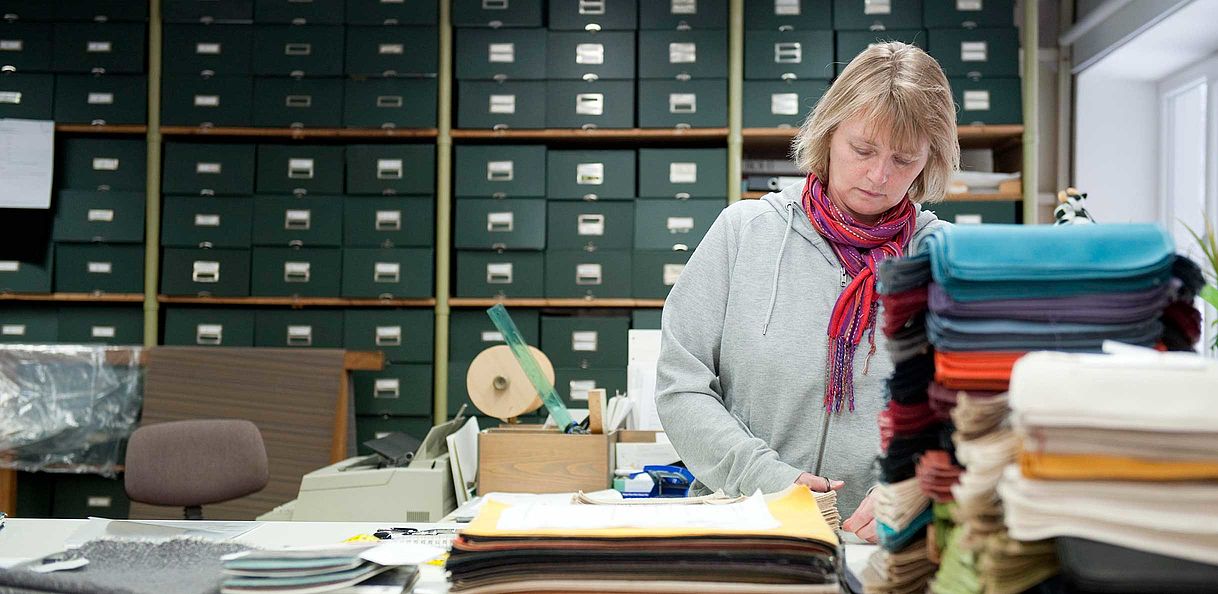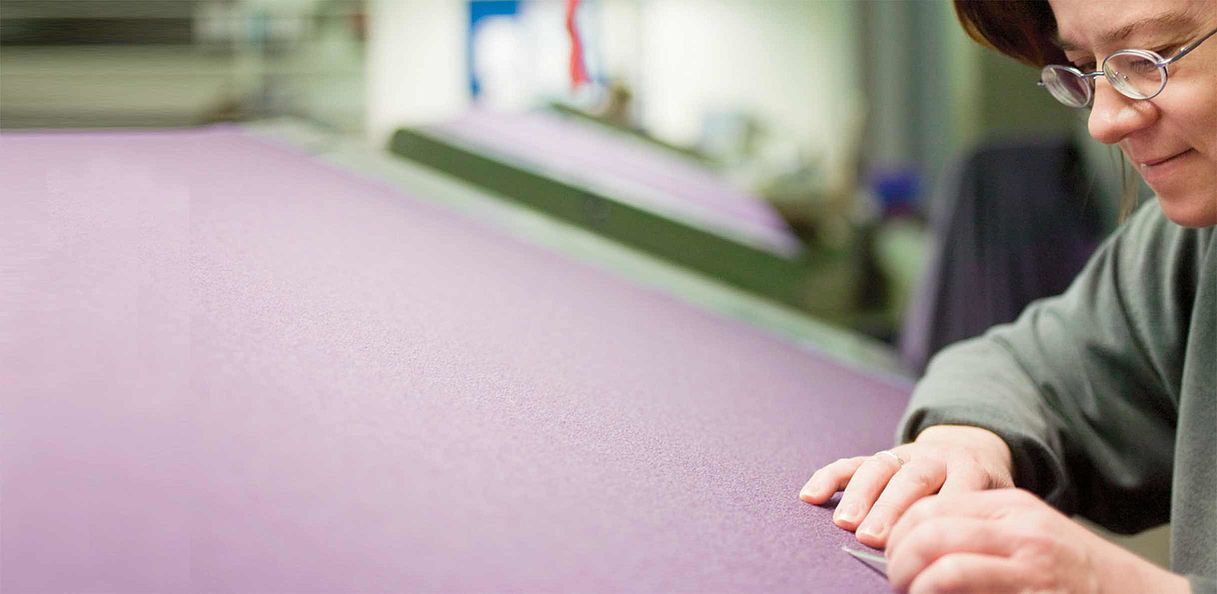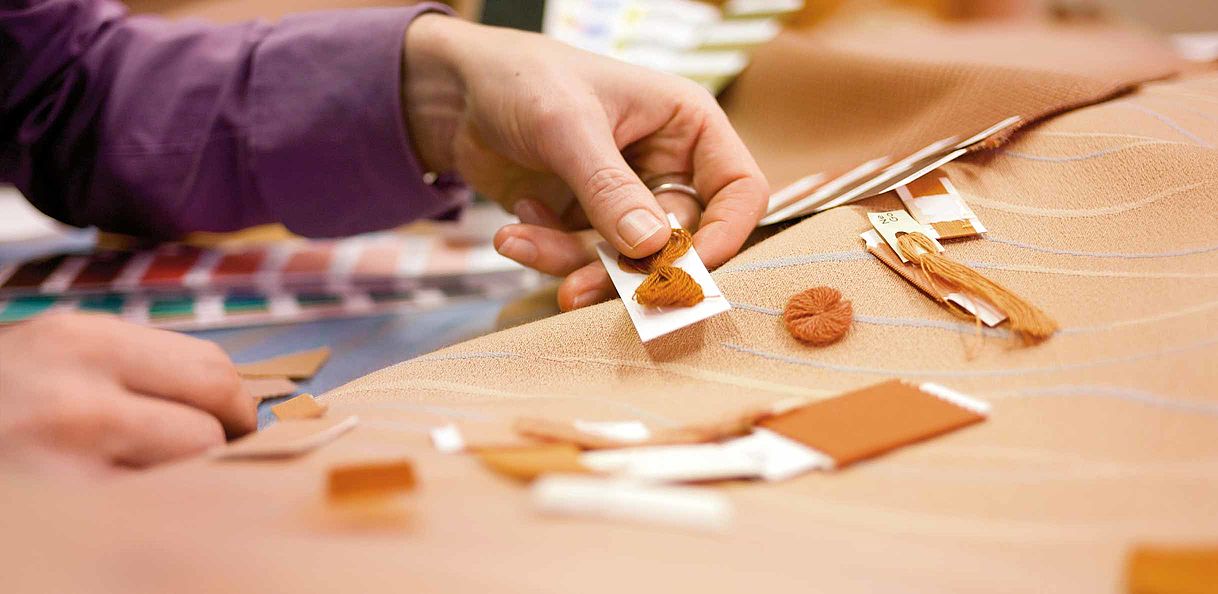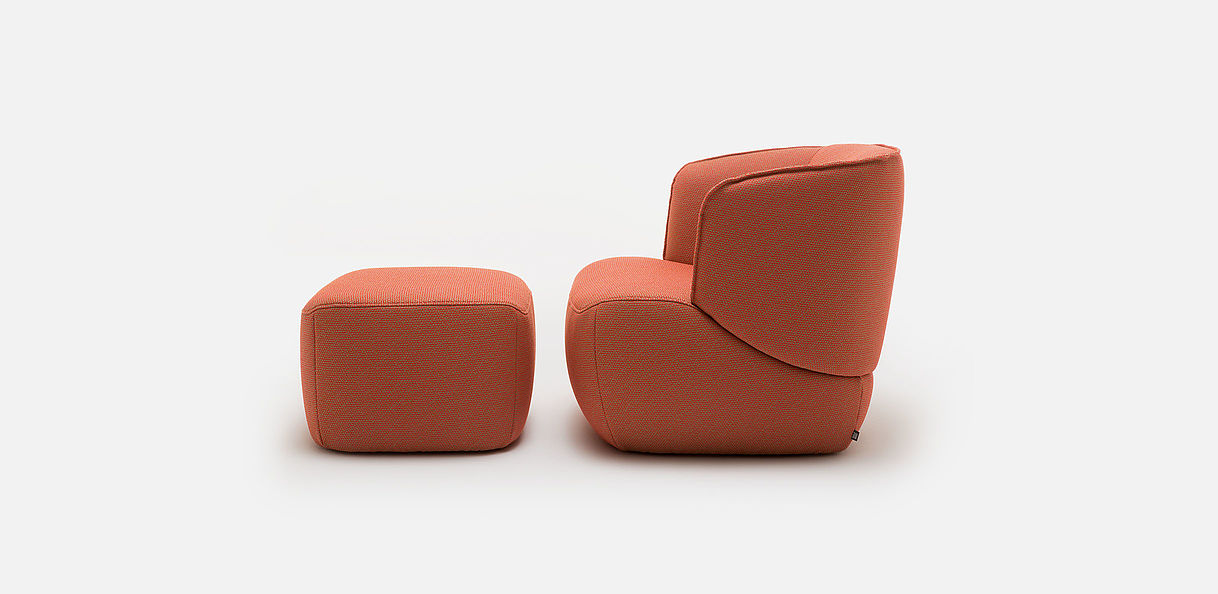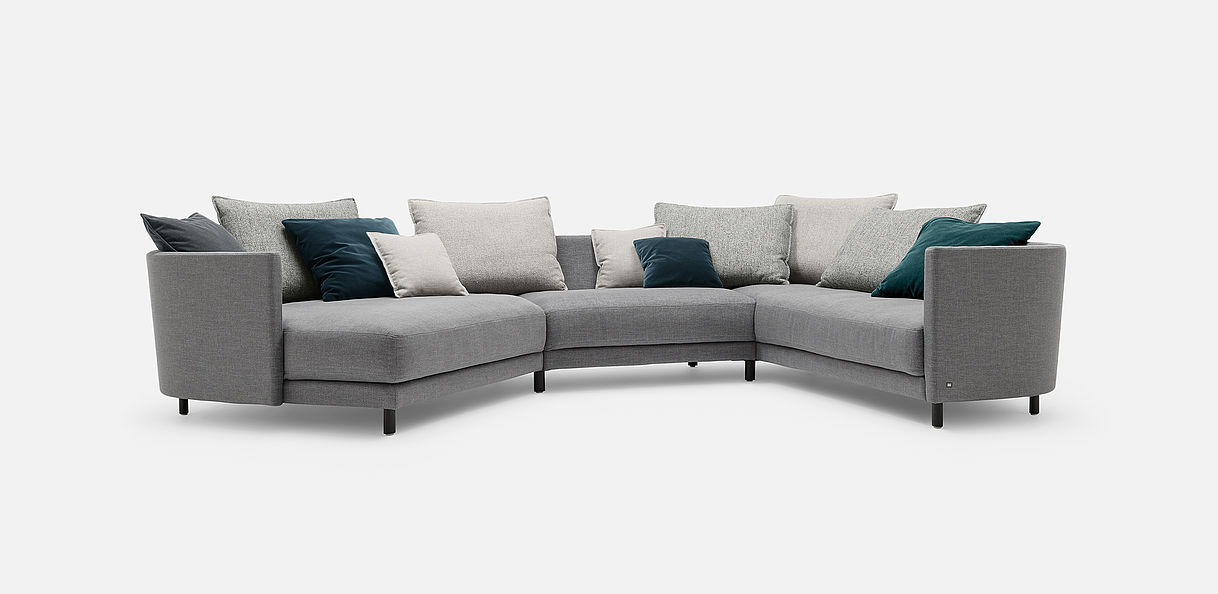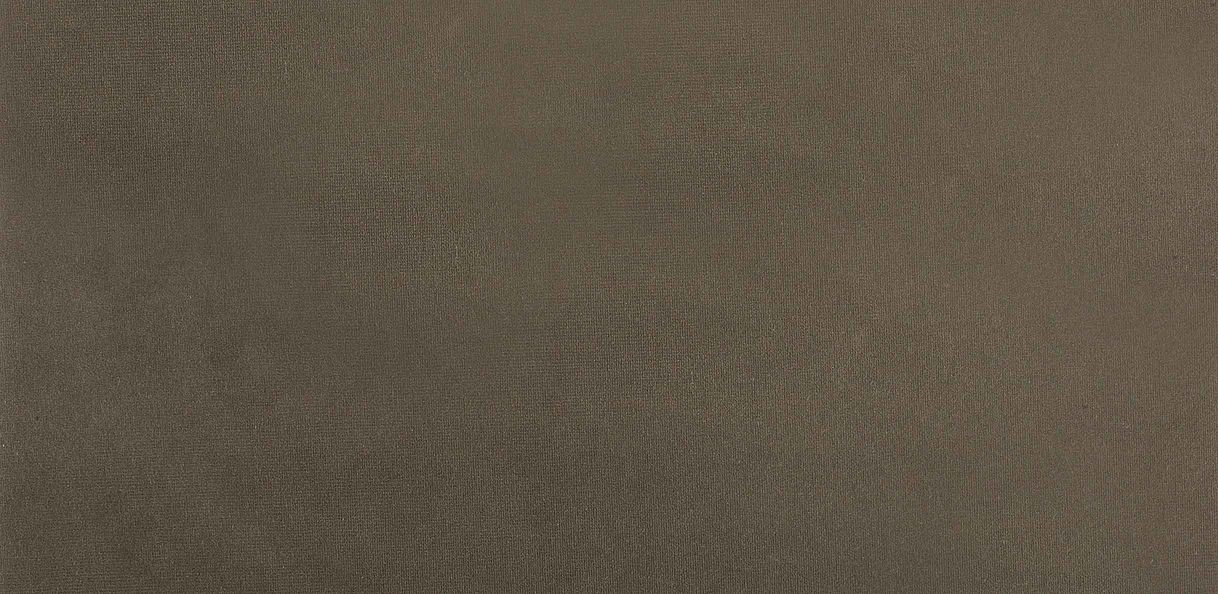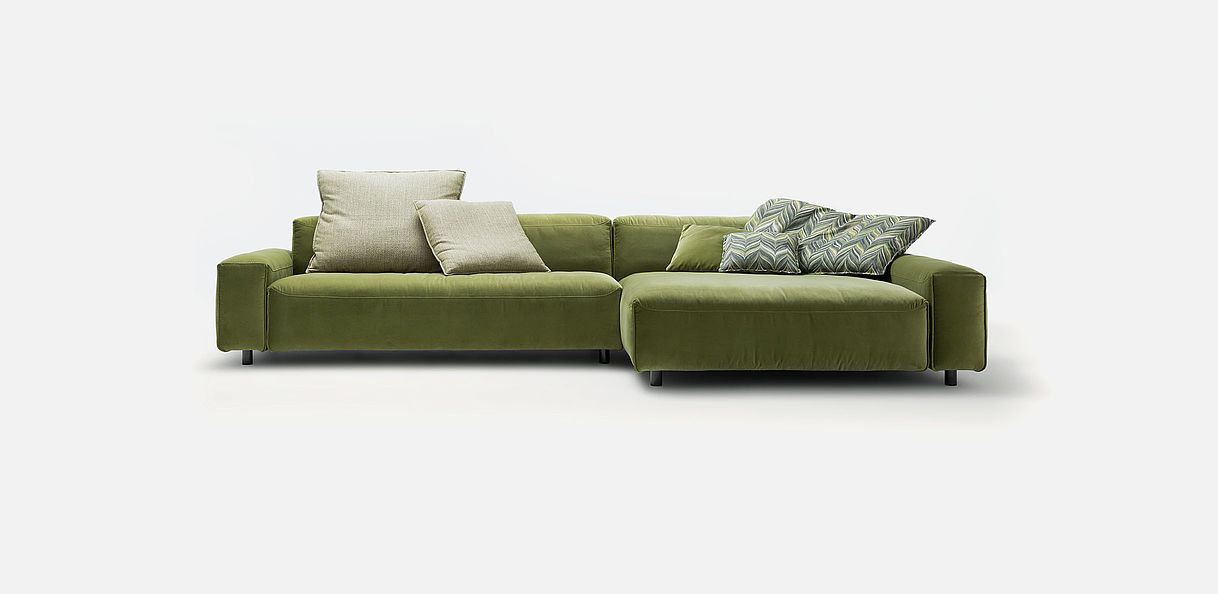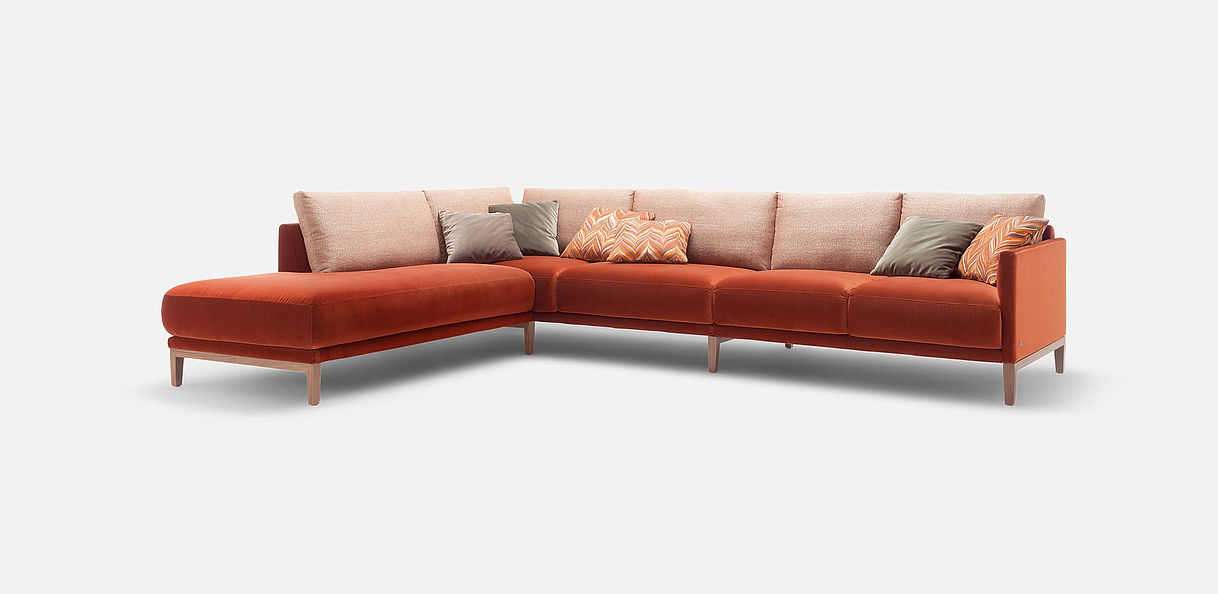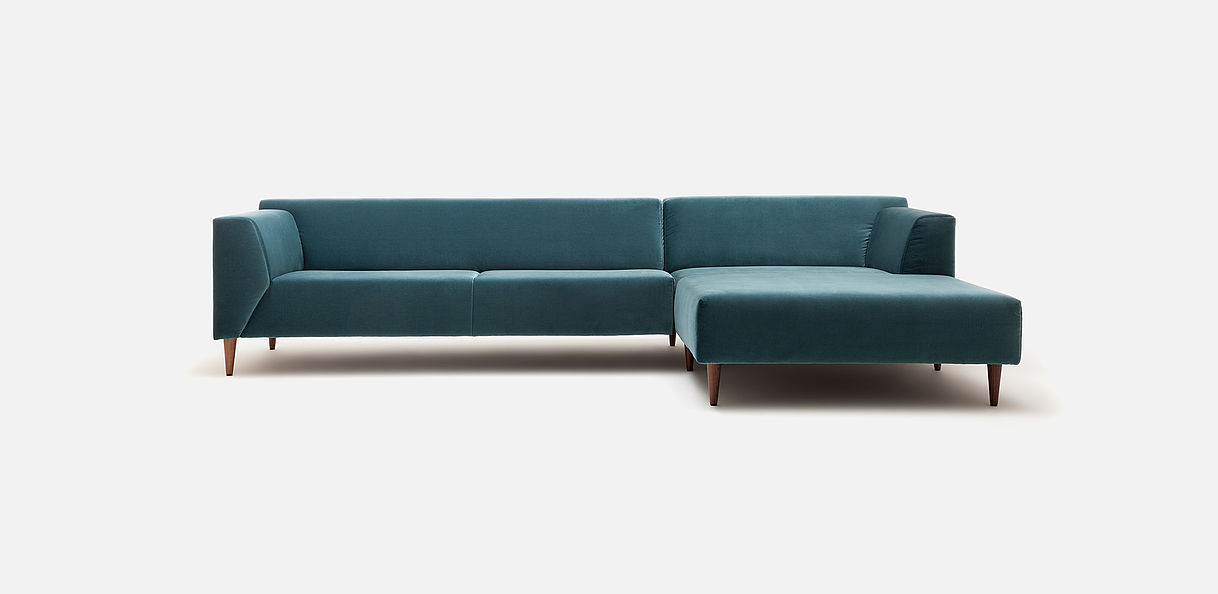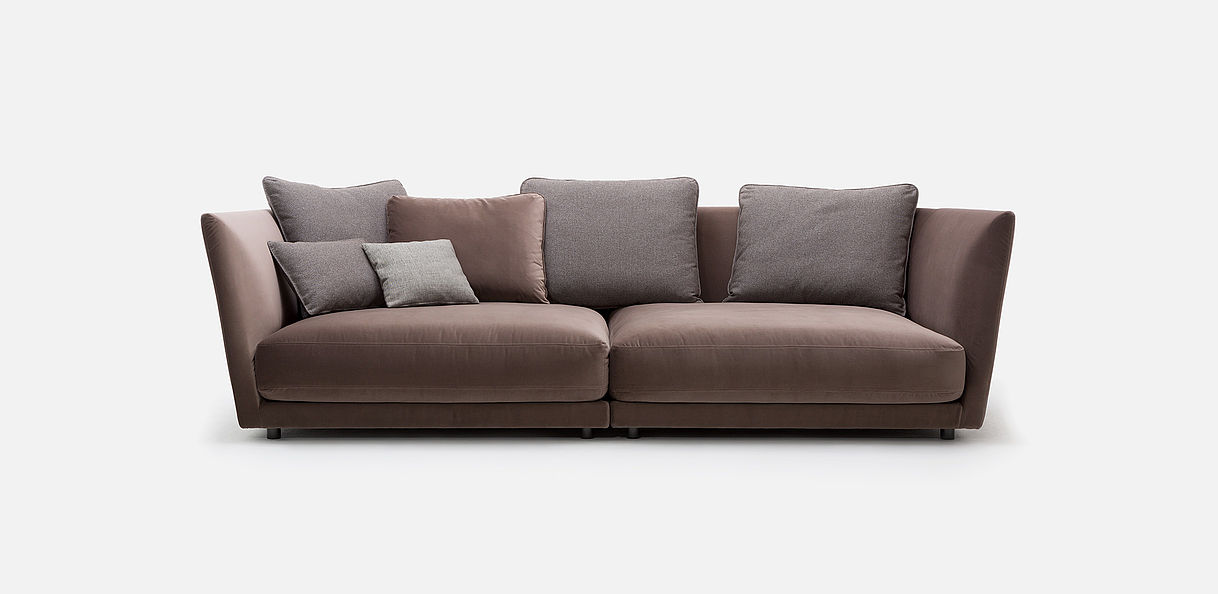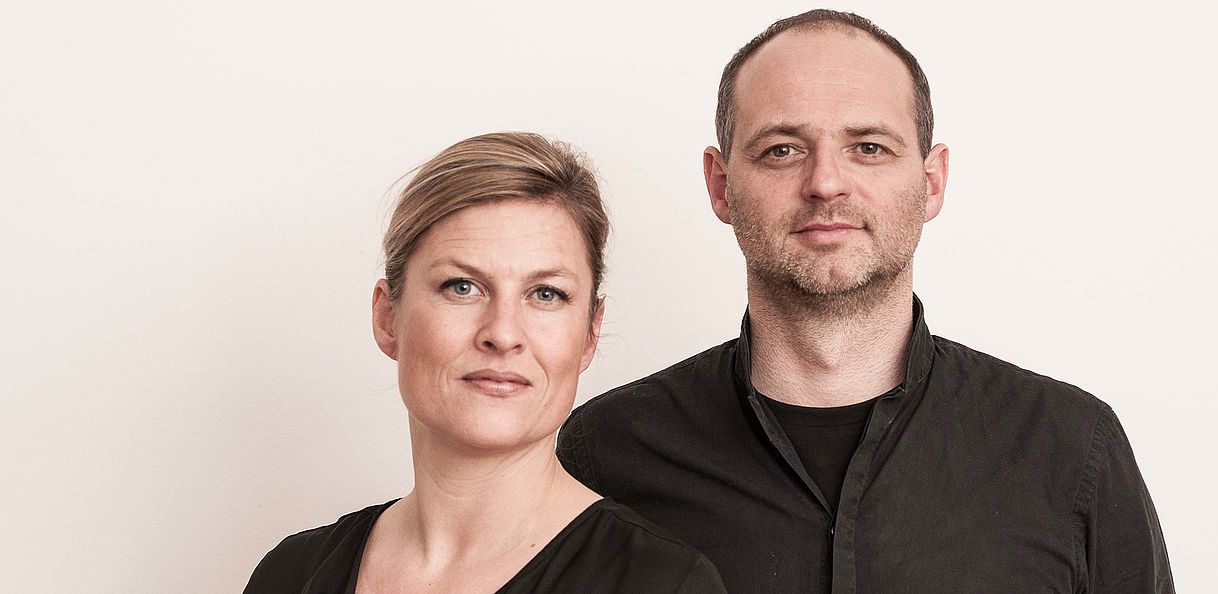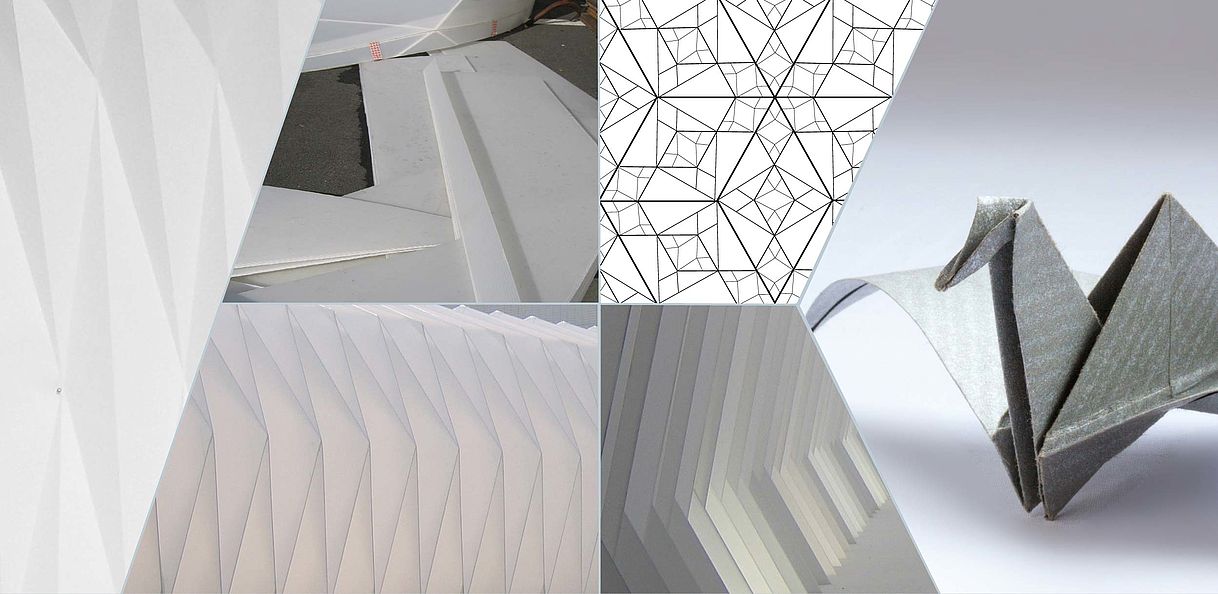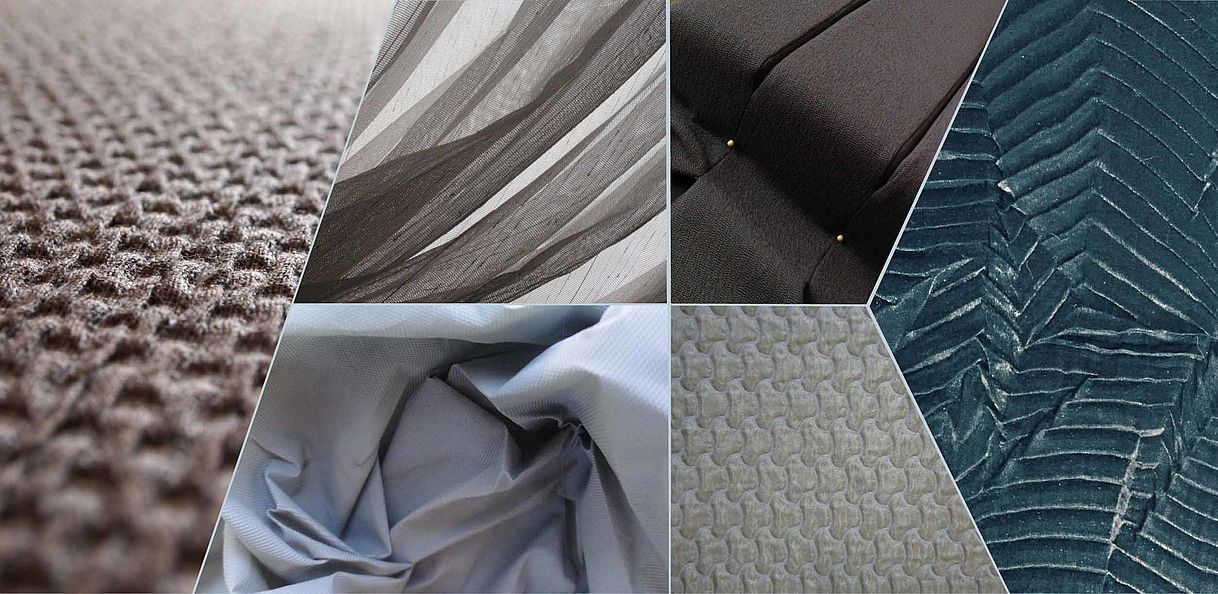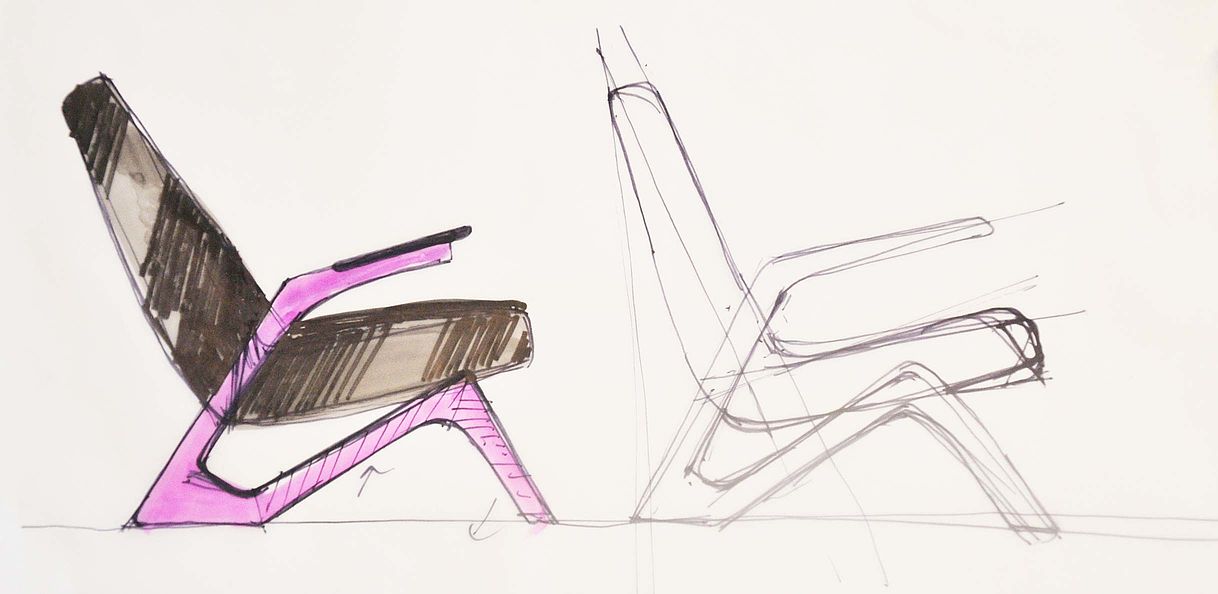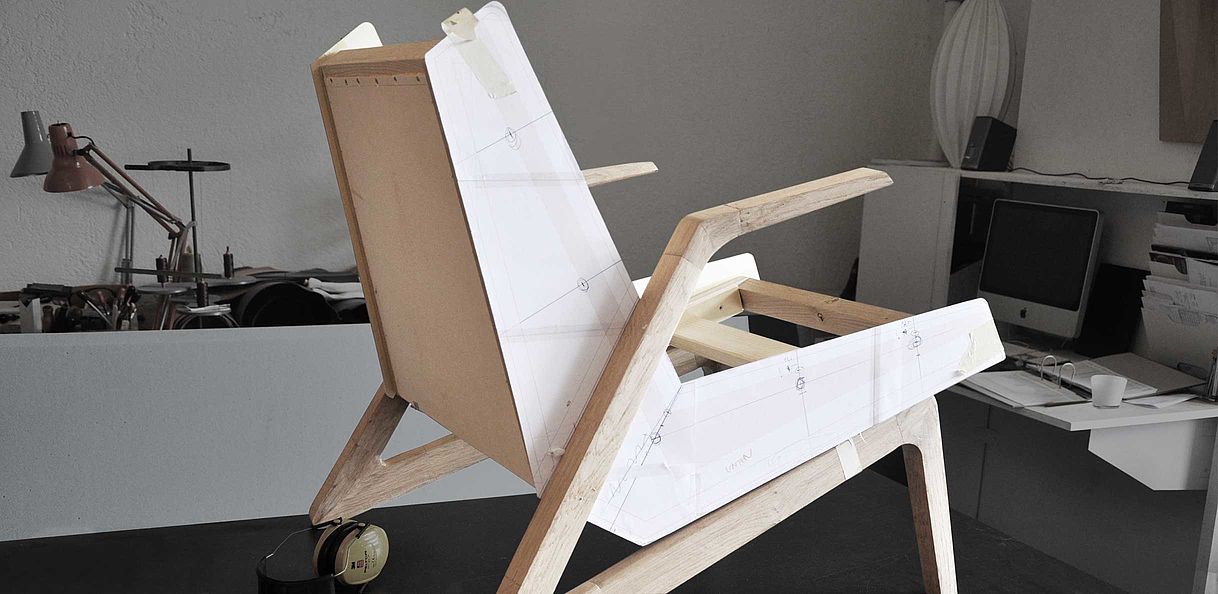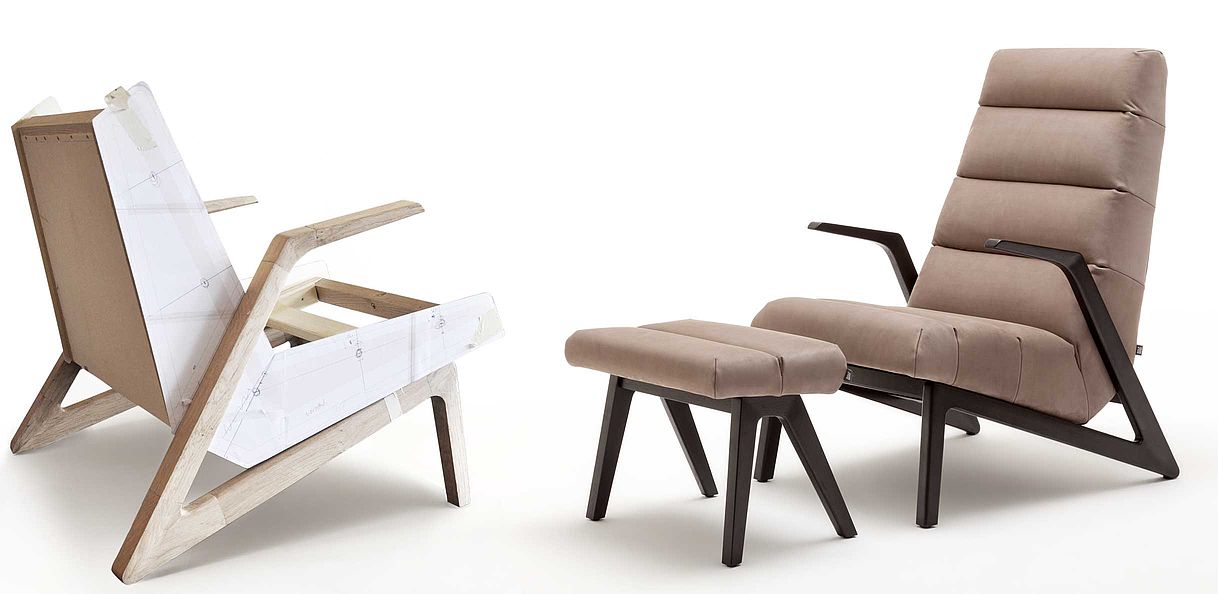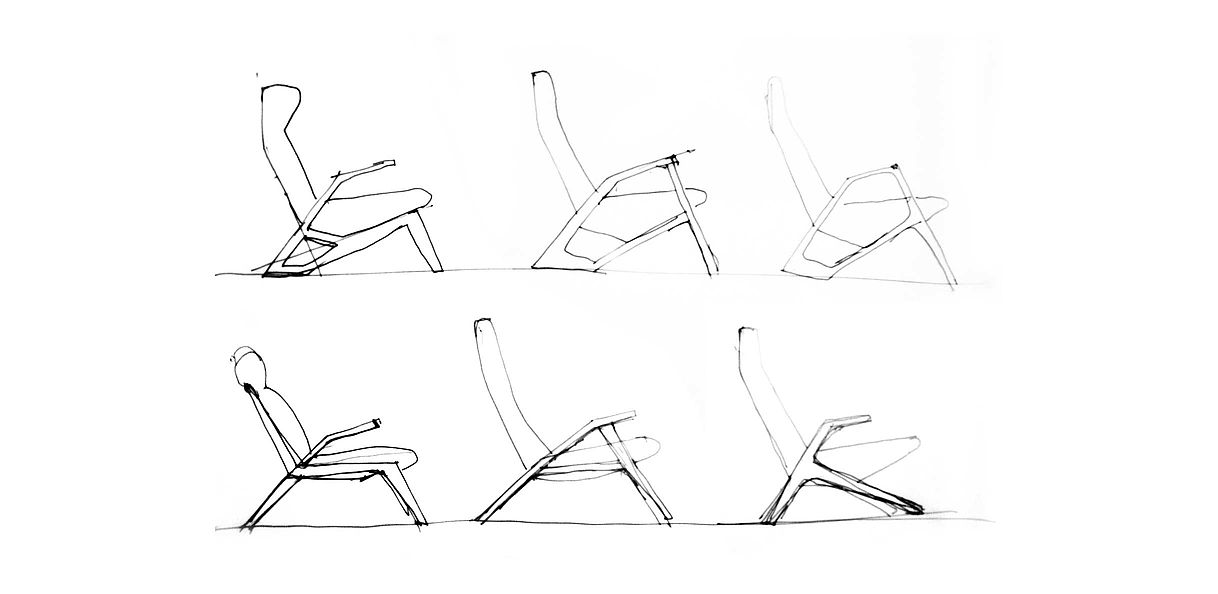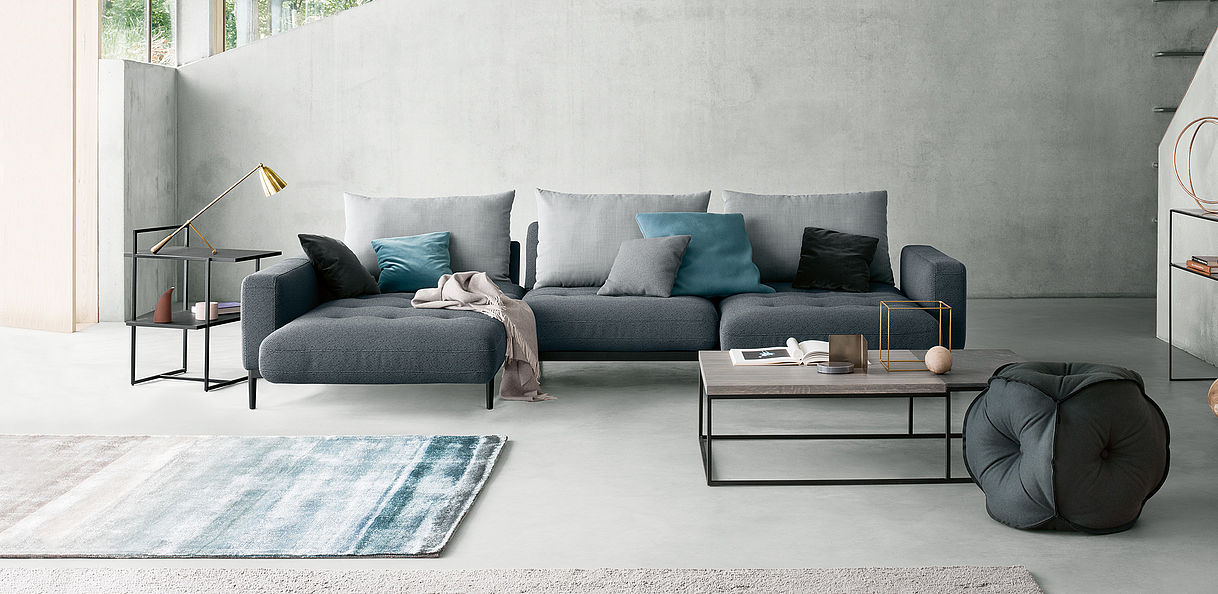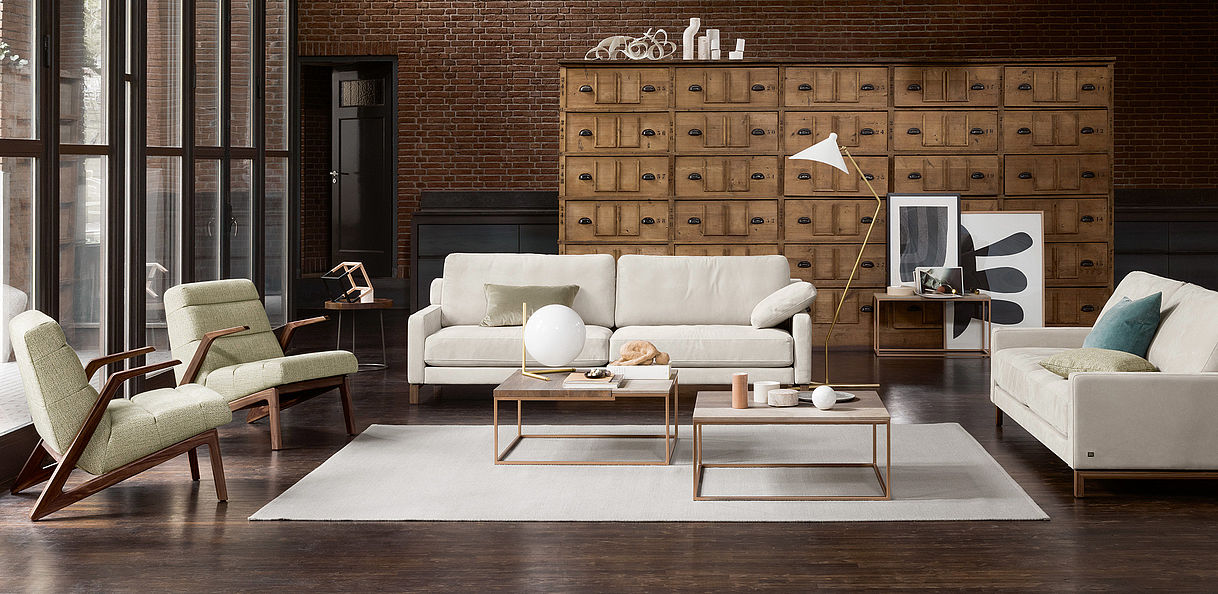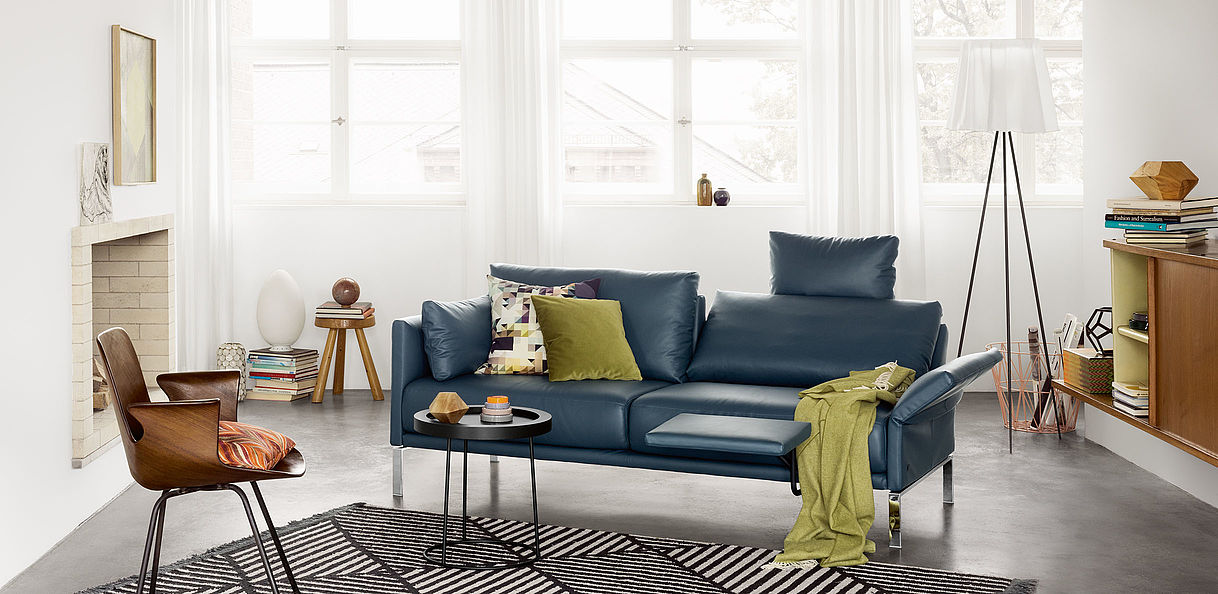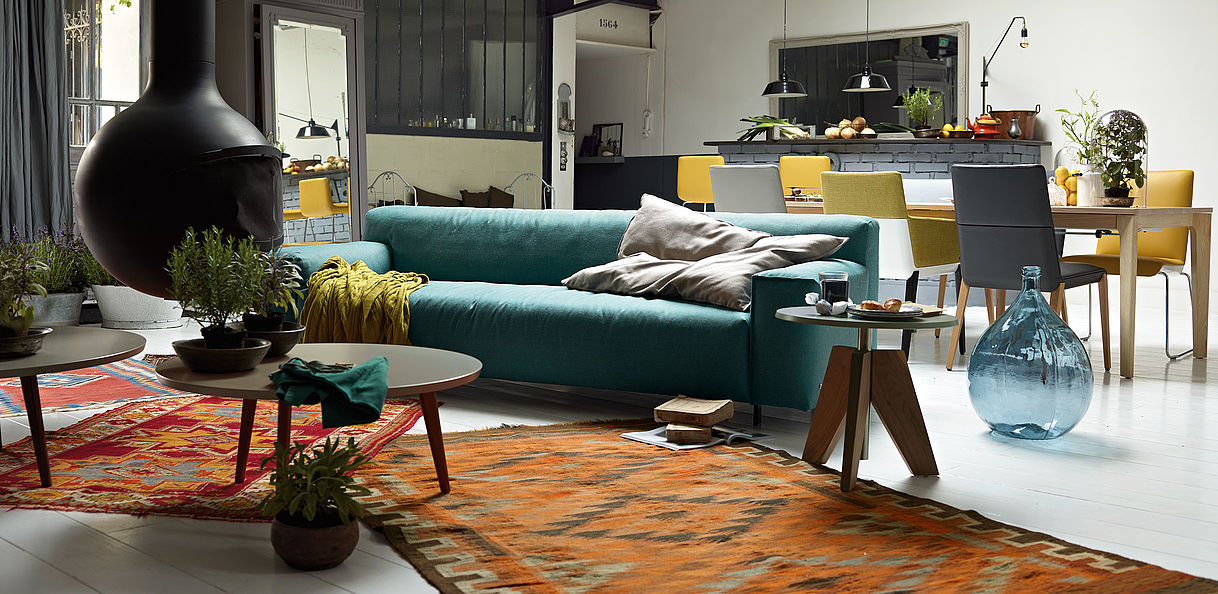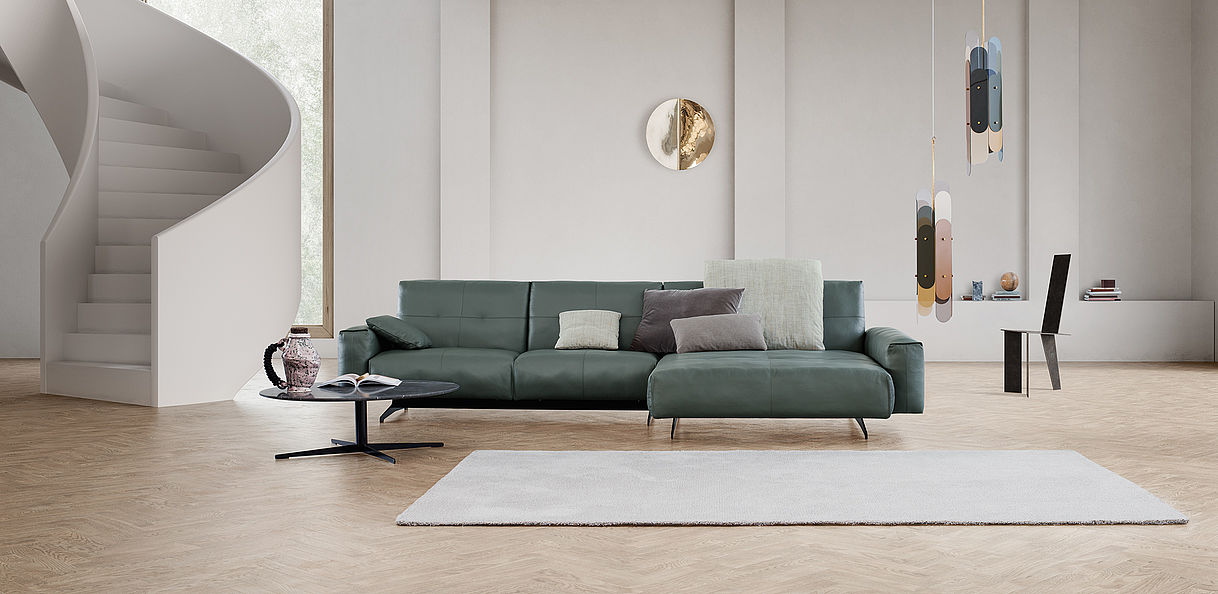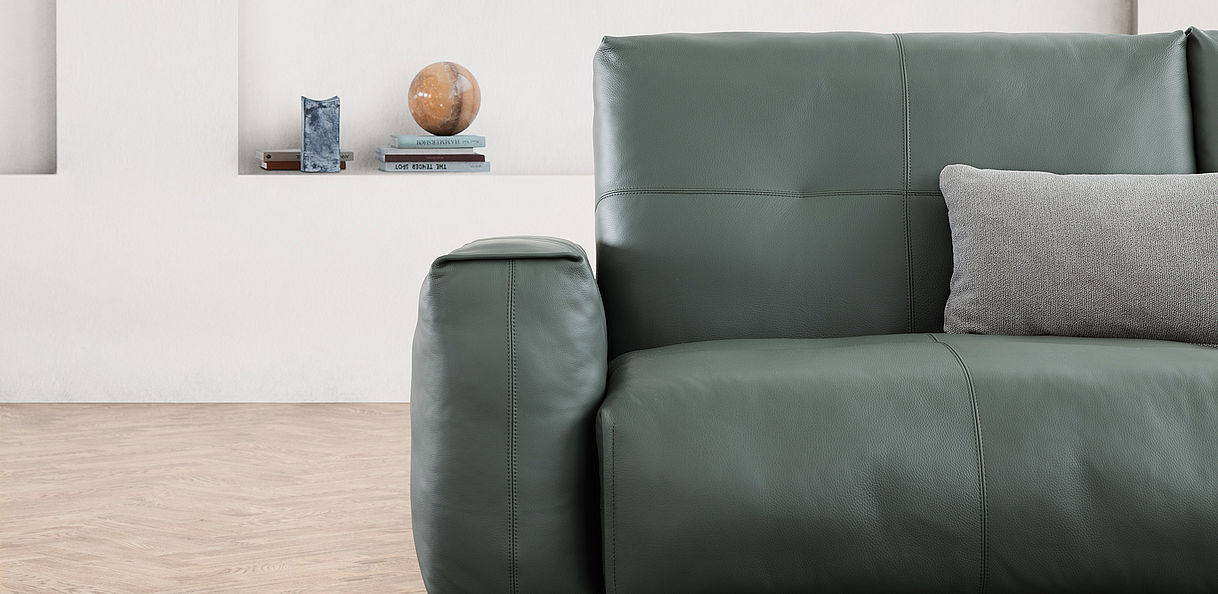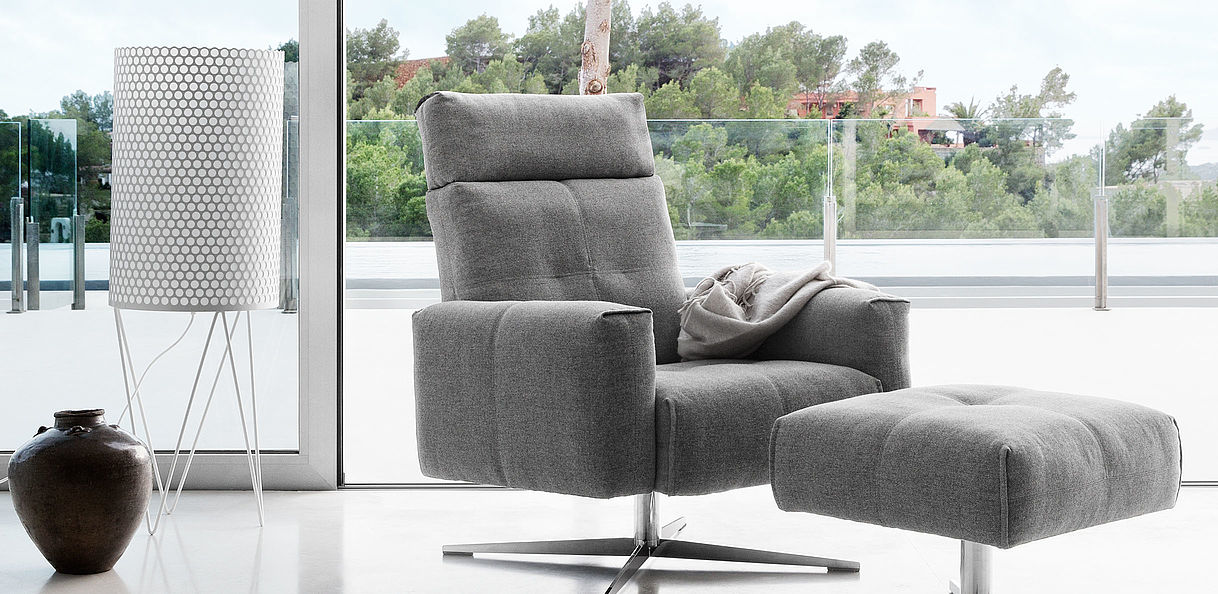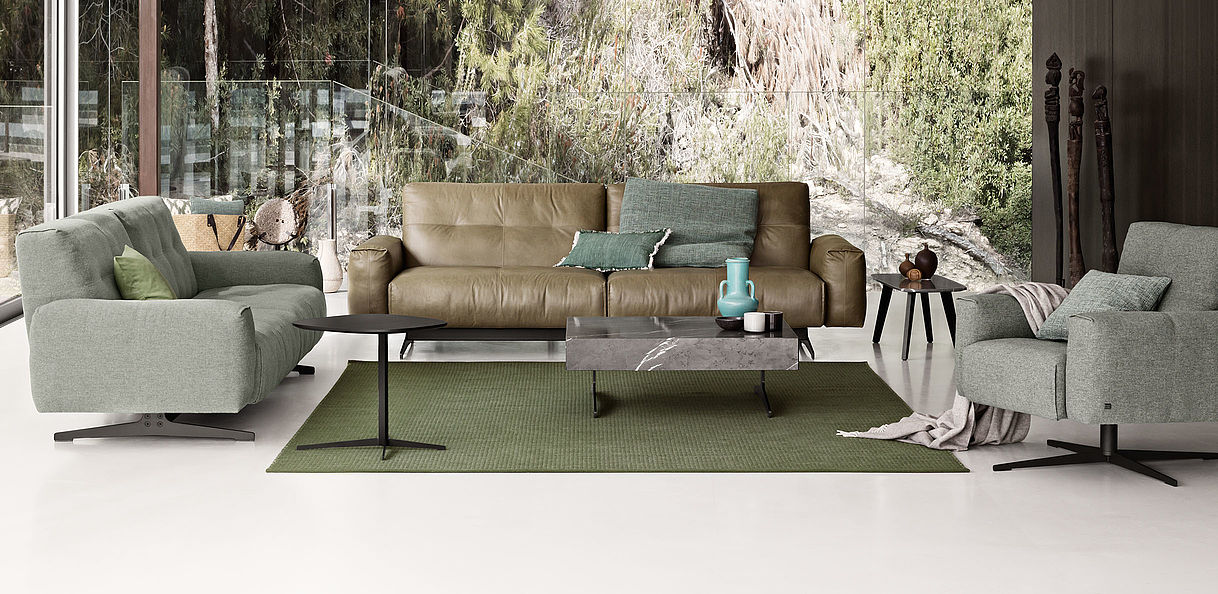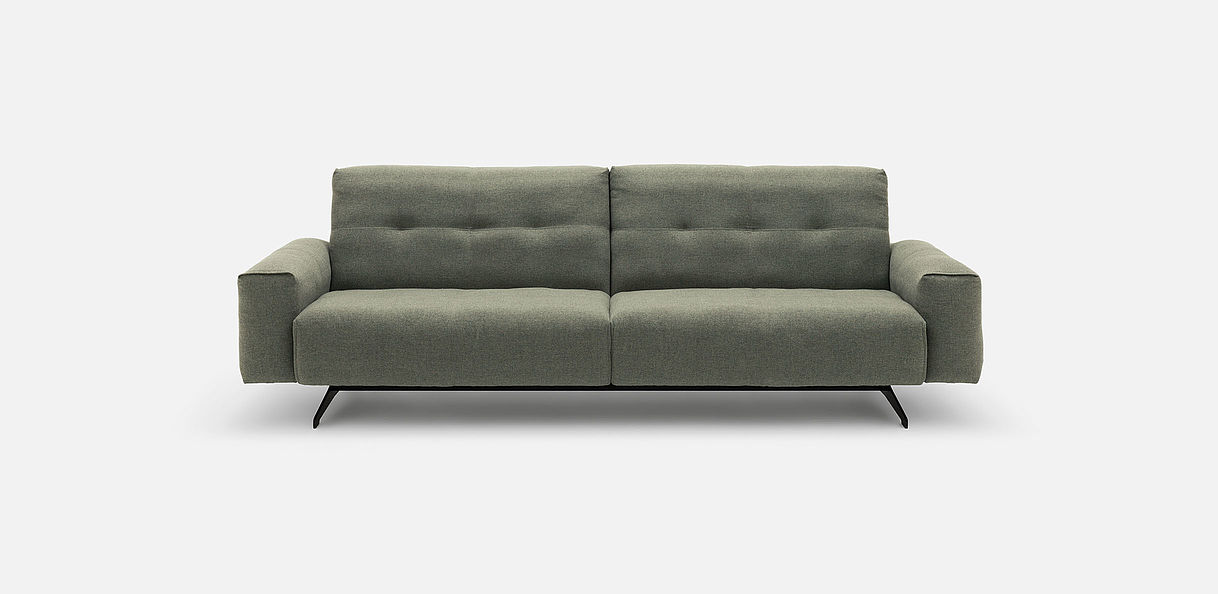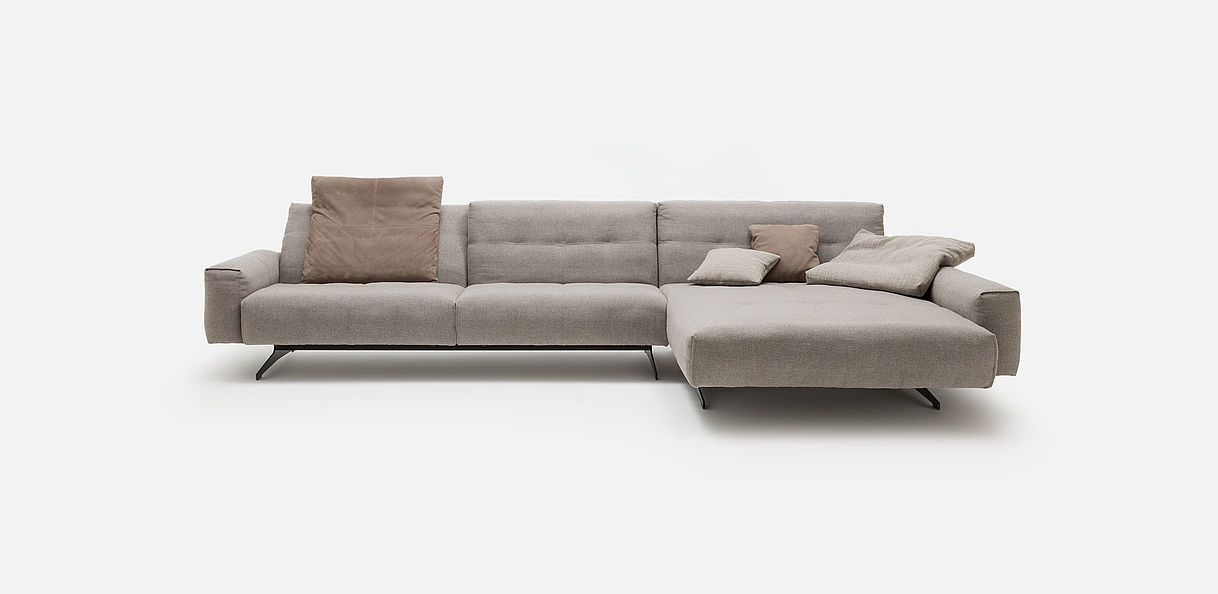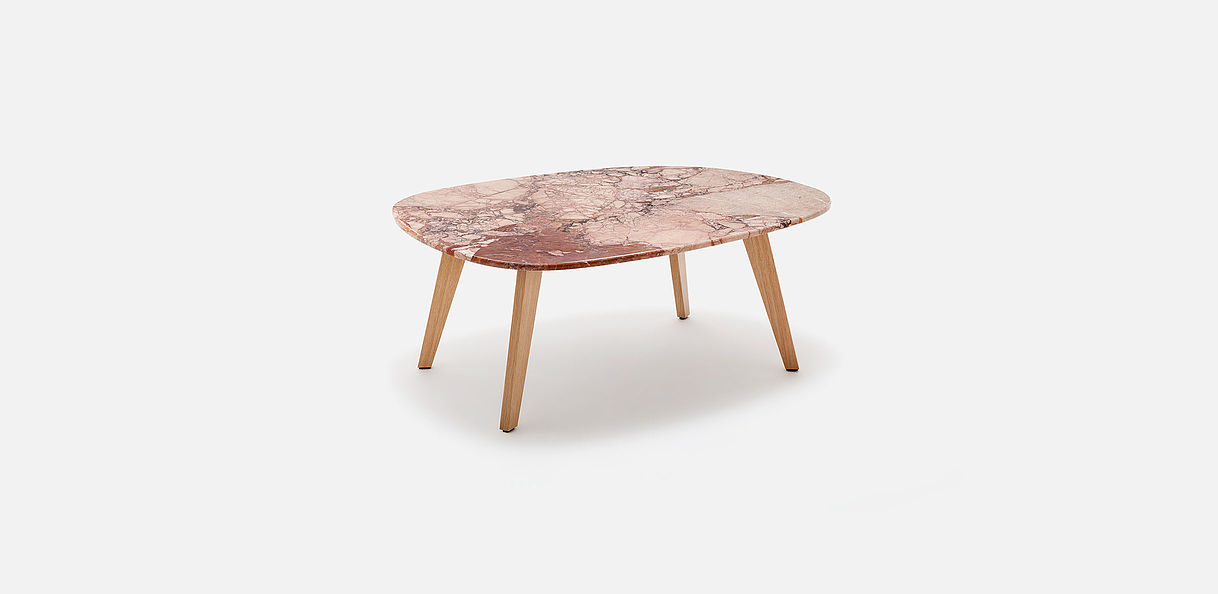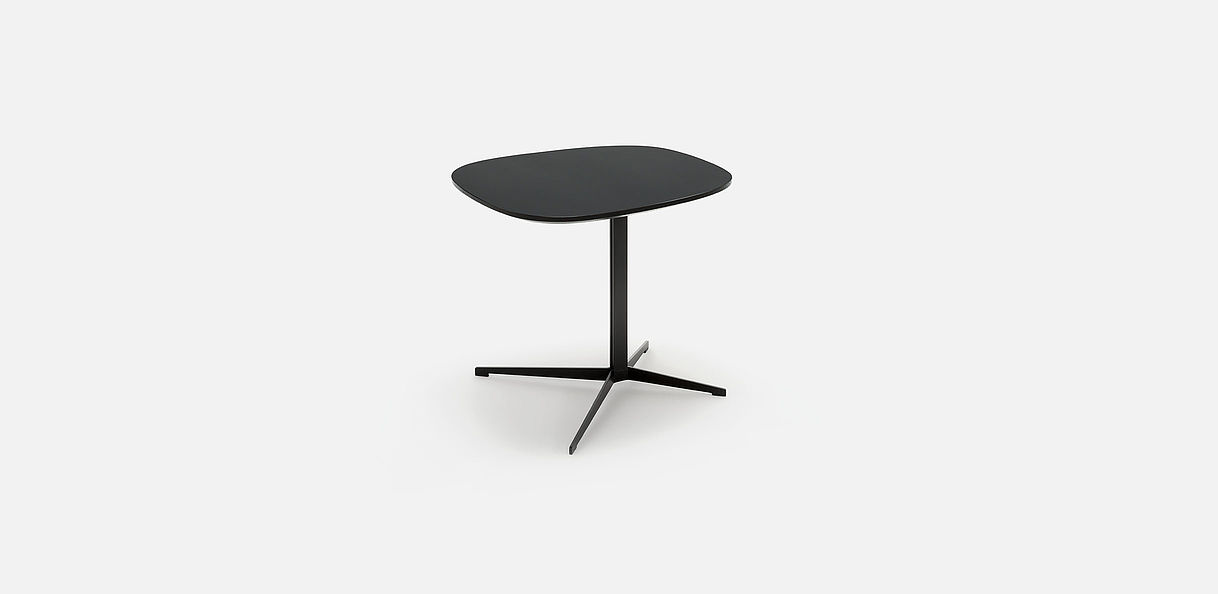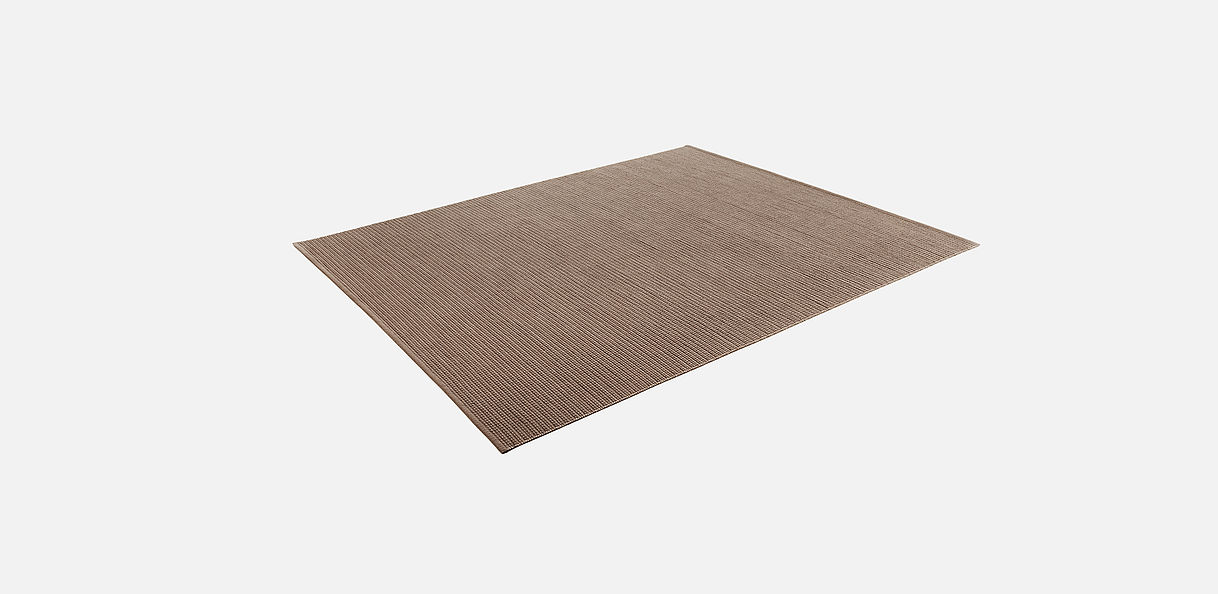Sitting in Milan
Welcome to Milan! The world-famous and important “Salone del Mobile” show, at which we presented our latest products in Hall 5 alongside the most illustrious Italian furniture companies, brought us to this wonderful city and stole our heart. During the time we spent in the Italian metropolis, in keeping with our theme, we went looking for the most beautiful places to sit – and we weren’t disappointed.
It is not only the city’s famous monuments – such as the sculpture of the influential journalist Indro Montanelli in the Giardini Pubblici park, or the staircase monument by artist Aldo Rossi on the Via Croce Rossa – that invite passers-by to sit. The breathtaking architecture of the “Fondazione Prada” museum is also a seductive invitation to withdraw to the courtyard with an after-lunch cappuccino. Inside the museum, in contrast, we were completely captivated by the sitting and speaking android who, as part of the current Goshka Macuga exhibition “To the Son of Man who Ate the Scroll”, gives a monologue constructed from numerous excerpts of seminal speeches.
The well-known steps down to the washrooms of the Café-Bar Luce at the Fondazione Prada were designed by director Wes Anderson and lead one to a place where each of us sits at some time during the day. We also felt invited to sit at the San Sepolcro church which was built in 1030. Sitting there in silence, we listened to what the historical building had to tell us.
There is plenty of sitting to be done above the city’s roofs as well. The restaurant Ceresio 7 impresses not only with its fabulous view but, in addition to culinary highlights from the kitchen, it also boasts two rooftop pools that create a magnificent ambience.
On our way home, we made a short stop in rainy Lugano where we set off our new Rolf Benz 650 chair to best effect in a picturesquely idyllic setting.

